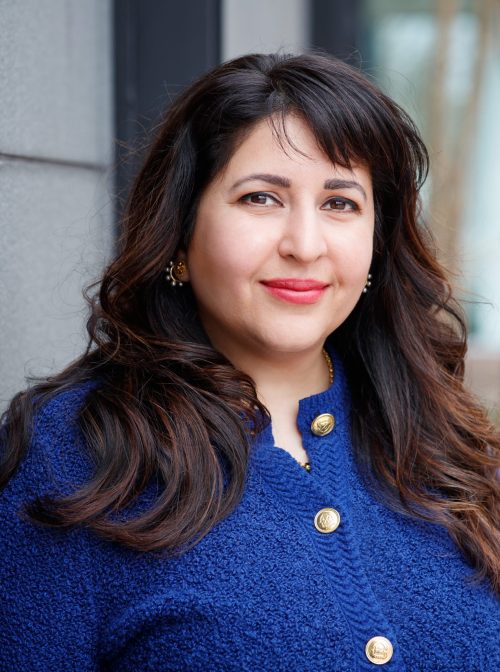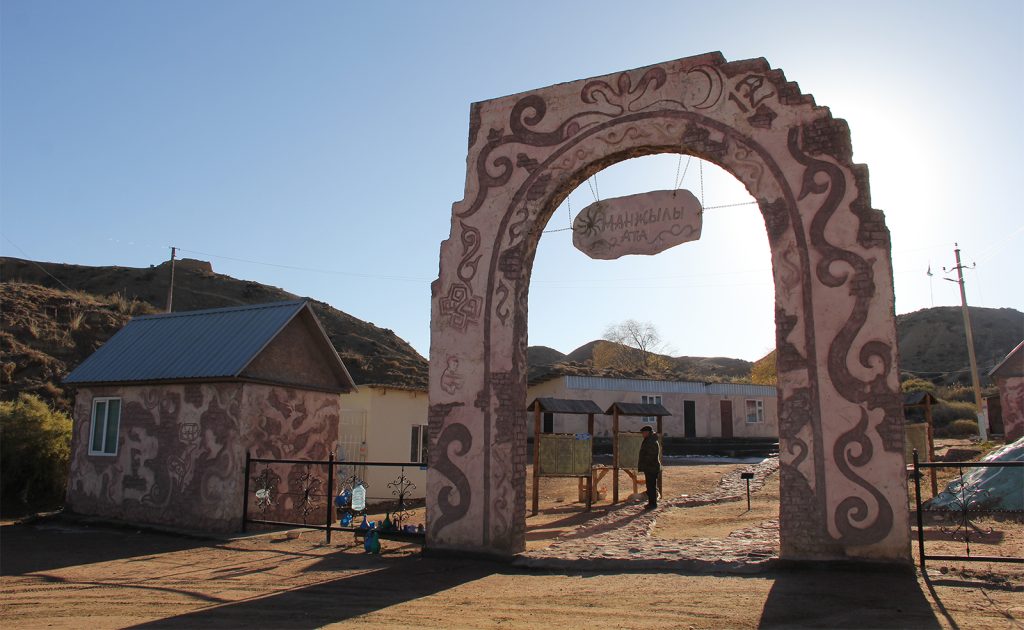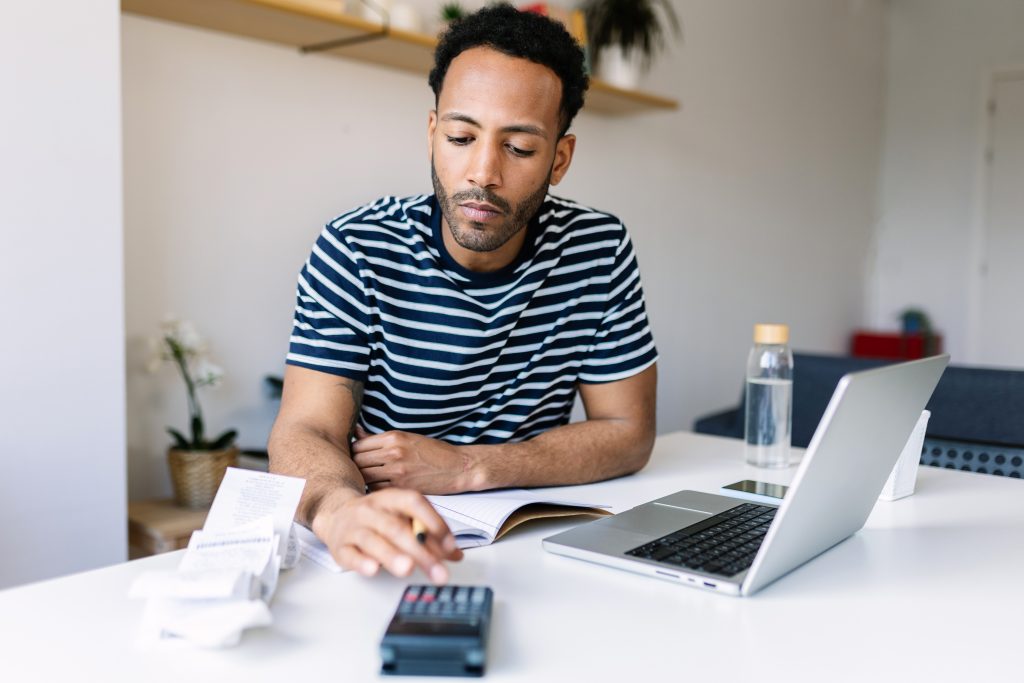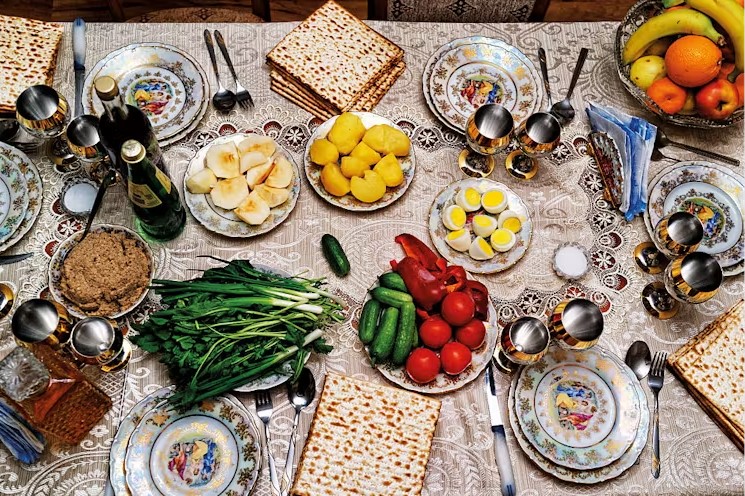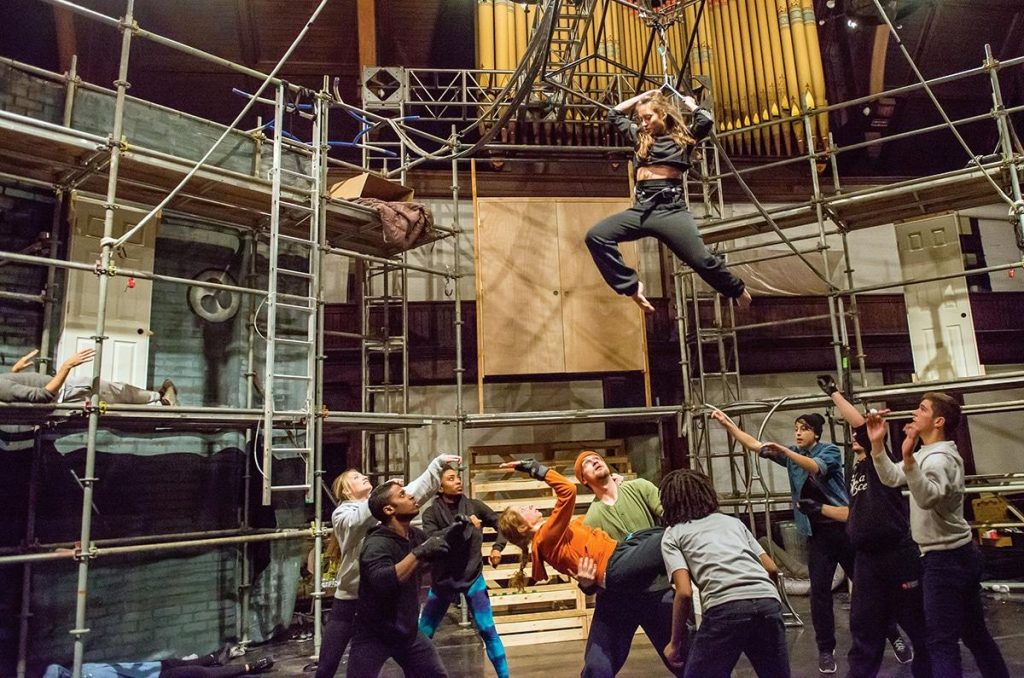Sayyeda Mirza is a natural bridge-builder who understands how to navigate the complex and beautiful intersections of race and religion.
She is the type of leader who brings an infectious optimism in tackling some of the hardest questions of our time. Mirza also identifies as a devout American Muslim, with ethnic roots in Iran, Pakistan and India. These places, literally and figuratively, have shaped her vision for a strategic and soulful approach to her work in philanthropy. Mirza currently serves as the Executive Director of the Hub Foundation, where she aims to uplift the American Muslim experience through strategic and conscious grant making.
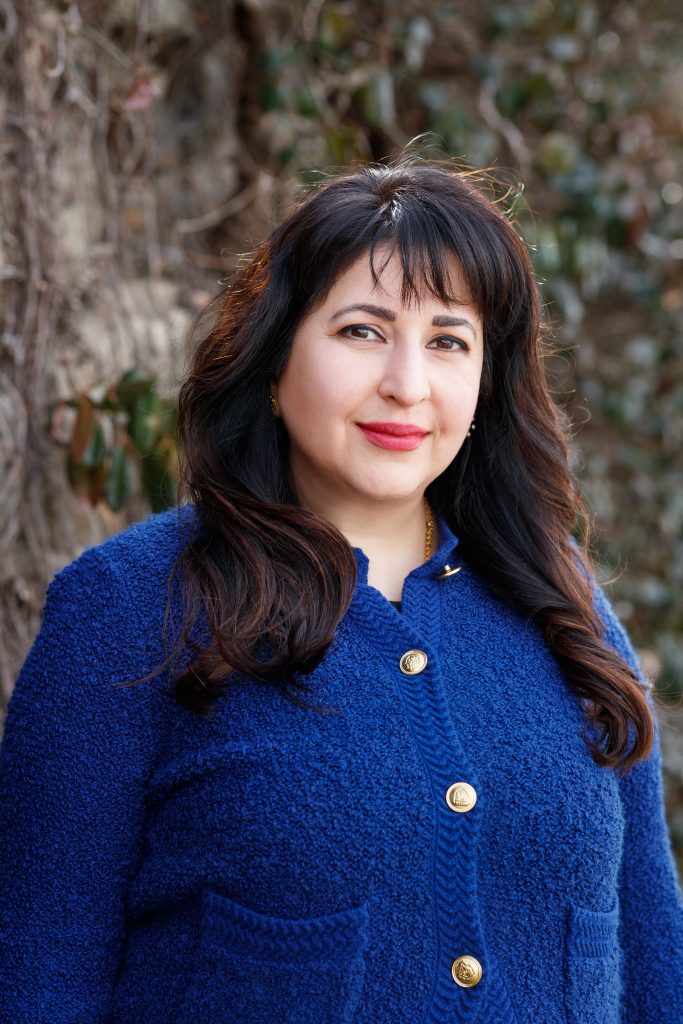
When I asked Sayyeda about an interfaith encounter that deeply affected her, she recalled her experience as a young adult on pilgrimage in Iraq on the eve of Saddam Hussein’s invasion of Kuwait. A young Mirza and her family were among a group of American and British pilgrims taken hostage by Saddam Hussein, later freed through negotiations led by Reverend Jesse Jackson and the Rainbow Coalition.
“It changed my life completely — the beauty of the interfaith story of Christians and the Rainbow Coalition,” says Mirza. “Compelled by their Christian values, [which] led Jesse Jackson to save the lives of American Muslim pilgrims … the power of his belief channeled into action on behalf of others was phenomenal to witness as a teenager.”
This transformative experience set Sayyeda on a course towards a meaningful career in strategic philanthropy with an initial professional start in leadership development, policy engagement, and program development.
In conversation with Interfaith America Magazine, Mirza shares how her faith and her lived experiences as an American Muslim shape her work and identity.
The interview has been lightly edited for clarity and length.
Jenan Mohajir: How do you see yourself connected to the AAPI community?
Sayyeda Mirza: I share a sense of sadness that after years of establishing roots in America, many minority communities like the Asian American community, and the South Asian community, all under the AAPI umbrella, are still facing fear and ignorance rather than an appreciation and celebration of their cultural and religious diversity. Many American Muslims post 9/11 also continue to experience pervasive and rampant Islamophobia and I hope we can evolve as an American society to address these injustices and inequities and move forward to build institutions and programs that are visionary and positive.
I have a connection to the AAPI community in the feeling of recognizing I am a minority technically, but the demographic data does not limit my ability to achieve my goals as I do not give energy to limiting beliefs and I push forward tenaciously. This is not to negate the recognition of the proliferation of hate crimes, xenophobia and challenges the community as a whole face. Being a minority in America coming from an immigrant background as a first-generation American of Middle Eastern and South Asian descent, I share a cultural connection of that first-generation immigrant dynamic of establishing oneself.
As an American Muslim of mixed ethnicity, I am on a journey to carve out an American identity for my children grappling with similar issues that were prevalent in my parent’s generation and simultaneously untangling any internalized Islamophobia that many American Muslim children face in society fueled by toxic political sentiments. Nonetheless, I do not feel targeted or like a victim, but rather empowered to have my bearings, vision for my life and to feel deeply rooted and established as conscious American Muslim.
Exploring AAPI Experiences of Religious Identity and Diversity
Stories published as part of this initiative offer key findings from research and spotlight AAPI changemakers across different religious, civic, and professional sectors.

JM: What experiences have inspired you to work at the intersection of faith and philanthropy?
SM: As a young professional, I led a leadership program for the Synergos Institute in Southeast Asia, Southern African and Latin America with peer colleagues. I lived in the Philippines for three weeks working with the Asian Institute of Management, leading and building a leadership program for conflict resolution called the Bridging Leadership Program, that was led by David Rockefeller’s daughter at the Synergos Institute.
My experience traveling through the Philippines with that project really engaged me in understanding Asian culture differently than I had before as well as extensive personal travels in Hong Kong, Thailand and Malaysia. The professional lens of conducting a leadership program and understanding different conflicts, for example, the Mindanao conflict in the Southern Philippines and the Muslim-Christian tensions that existed, gave me very nuanced and detailed insight into the possibility of beautiful interfaith healing.
Now, as a mother, I engage in more informal interfaith activities. For example, in the recent past in my kids’ school district, I sat on the tech committee and multicultural committees, advocated for the Eid holiday. I engaged with fellow parents who are atheists, Buddhists, Jews, Christians, Hindus, and Sikhs. People from different religions and races, working on ramping up technology opportunities for our young people or working on including robotics in our schools. My religious identity is automatically part of that space, too.
JM: What do you want people to know about the AAPI community?
SM: I want people to know that the AAPI community is diverse, dynamic, insightful, visionary, and offers humanity through diverse cultural and religious experiences, possibilities for truly strengthening their soul journey, and awakening the consciousness of America at large. And these communities need to be looked at as a rich resource to be honored and valued.
JM: At Interfaith America, we often describe the United States as a “potluck nation,” where each person or community brings their best dish so all can feast. What dishes from the AAPI and/or Muslim community are you most proud to bring to the Potluck?
SM: Every table needs a beautiful cultural experience that people can engage with and it would be lovely for the AAPI community to have American society at large understand historic and recent contributions. These cultures and traditions from the AAPI community can add much beauty, excitement, intrigue, and wellness to the American landscape.
For example, the beautiful Korean bathhouse practice of wellness contributes to one’s psychological well-being and how it connects to the current cultural conversations about self-care. Another example is the acknowledgement of Eastern wisdom and traditions from Muslim renowned faith-based poets like Rumi, Hafez, Saadi, Ghalib and Iqbal. It would be great for people to understand the mystical poetry in the context it was meant and not random inaccurate translations now famous in Barnes and Noble stores. For example, Rumi came from a Muslim tradition that guided him to write what he wrote.
Also, we have modalities in AAPI communities’ culture and religious traditions that could solve many of humanity’s problems. And to realize that the East, in particular the AAPI community’s representation has a lot of wonderful offerings that need to be tapped. Americans in the AAPI community could be the beautiful bridge to bringing that contribution to the mainstream of American society.
This article is part of Interfaith America’s AAPI qualitative research and storytelling initiative, which explores Asian American and Pacific Islanders’ experiences of religious identity and diversity in the United States. Stories published as part of this initiative offer key findings from the research and spotlight AAPI changemakers across different religious, civic, and professional sectors.
